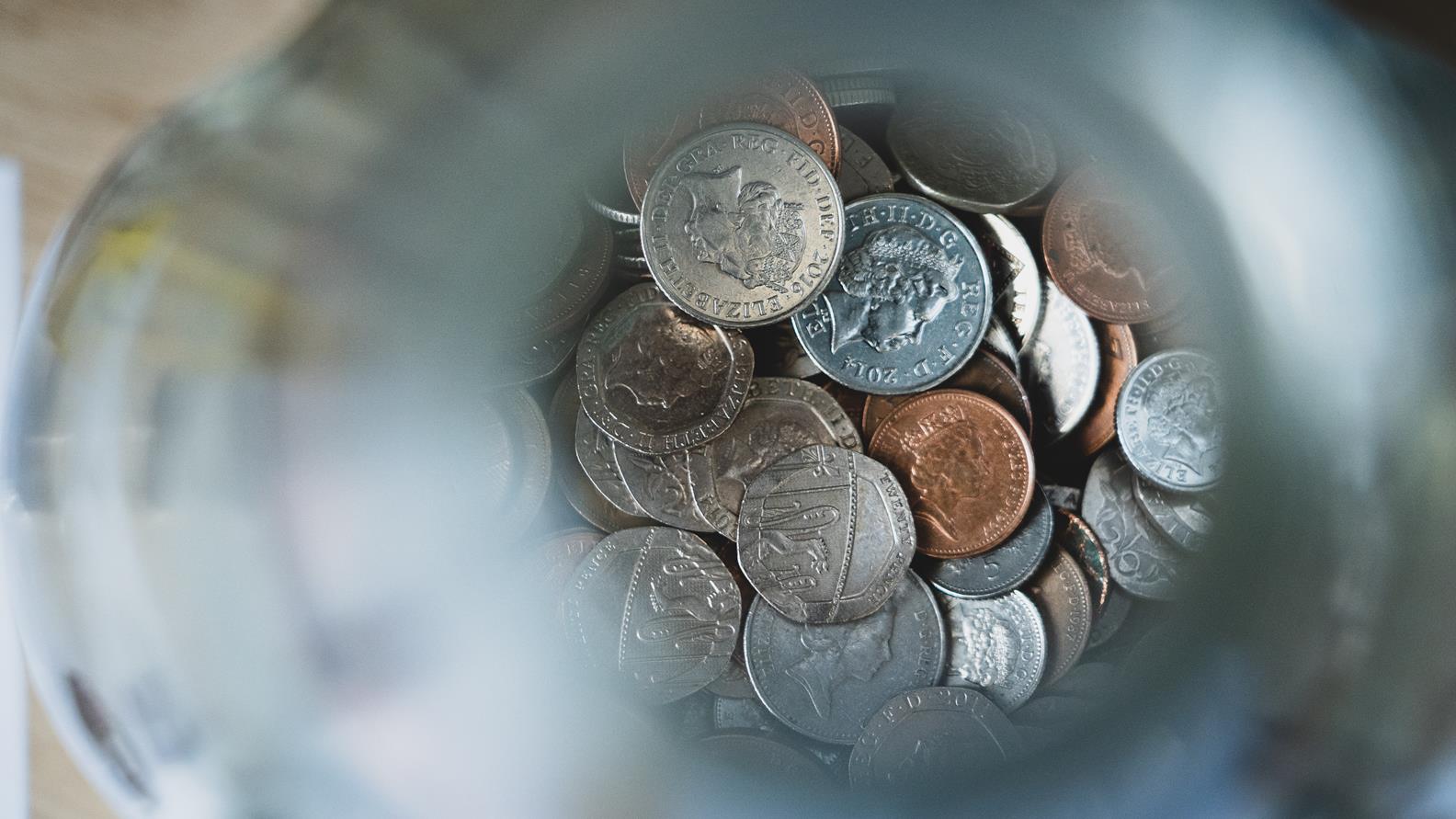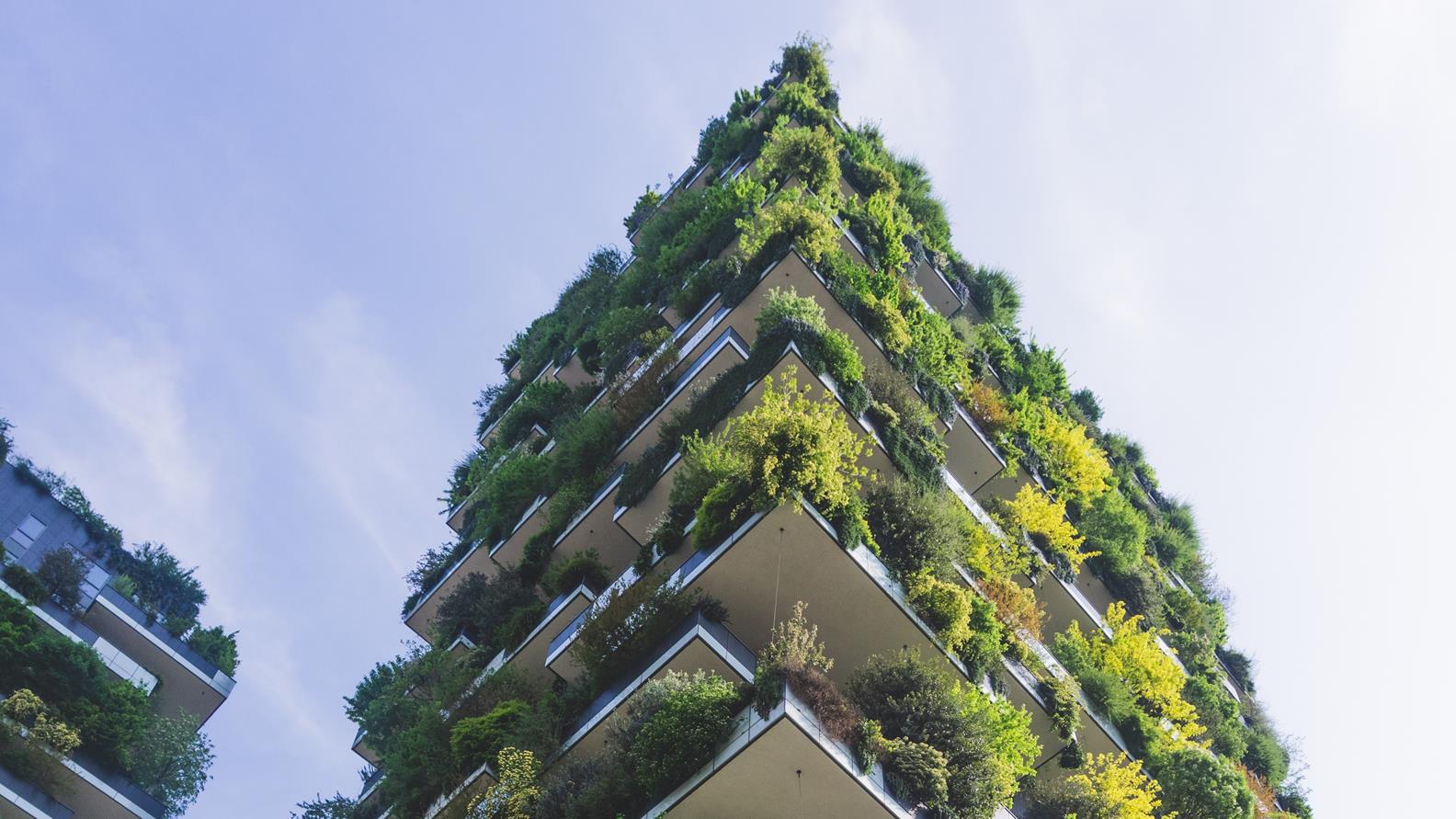Environmental Product Declarations: More than a label
Did you know?
Before the COVID-19 pandemic, the buildings and construction sector accounted for nearly 40% of energy-related carbon dioxide emissions. Despite a drop-off in 2020, the buildings sector was not on track with its zero-carbon journey in 2021, the International Energy Agency found. This is not surprising if you consider that even in parts of Europe – a region typically ahead of the curve in environmental terms – accounting and reporting the CO2 impact of buildings is still voluntary.
But this is changing: Belgium, the Netherlands, and Sweden have already established life-cycle carbon limits and require documentation of carbon Life Cycle Assessments (LCA) for new or public-sector buildings. Similar regulation will come into force in the near future.
Environmental Product Declarations (EPDs) provide the product-specific environmental performance data that can be used when conducting the whole building LCA. In several markets – France and the Nordics in particular – EPDs are already considered business-critical. Here, we look at EPDs in more detail and why they are so important to the building industry.
What is an EPD?
An EPD is a “product pass” that demonstrates the environmental impact of a product in quantifiable terms. It consists of two main elements: a comprehensive report, which is not made public; and a public EPD document that provides the results of a product’s verification.
EPD data is independently verified against a set of international and European standards for the construction industry. There are standardised rating frameworks for different product categories. This means that specifiers and procurement professionals can directly compare the lifelong environmental impact of products within the same group, enabling them to make more informed product choices.
The EPD is based on data from an LCA, which evaluates the entire lifespan of a product. It’s therefore more comprehensive than many eco-labels, which tend to cover only part of the product life cycle. The life cycle is considered from the extraction of raw materials through to production and the use phase to disposal, whereby the individual stages even include the necessary transport routes.
EPDs measure a wealth of indicators, including a product’s global warming potential and its possible impact on ozone creation and depletion, acidification, and water deprivation.
Why are EPDs important for the building sector?
Having an EPD does not make a product environmentally better than others. It simply makes the environmental impact of its entire life cycle transparent. This kind of information is set to become a selection criterion for products in future – on a level with price, design, or quality.
Martin Baltser, Senior Project Manager at PensionDanmark, whose real estate division invests in and builds sustainable housing, explains: “We need to prove sustainability not only building by building but product by product. That’s why EPDs and LCAs are so important as evidence that what we’re claiming is correct.”
EPDs are not currently mandated. There are LCA regulations at country level in several European and international markets. In addition, green building schemes such as BREEAM and LEED require EPD-style information.
However, EU regulation is being tightened. Baltser expects EPDs to play an important part in the context of EU taxonomy regulation, which aims to provide clear, standardised definitions for what can be classed as a sustainable product or activity.
EPDs are not just about compliance
The environmental performance of products has become increasingly important in the public sector too. Green public procurement rules in countries such as Sweden and Italy demand information about products’ environmental impact before their use can be considered. EPDs allow organisations to compare this data and then select the most sustainable options.
Developers, architects, and planners in the construction sector will also need EPD data on products they plan to use in a building. And wholesalers will need to stock up on EPD-covered products as they will likely see greater demand for them.
EPD data can also help organisations comply with the rules for green bonds and other sustainable investments. But EPD reports are not just important for compliance. They can help improve manufacturing processes, making them more environmentally sustainable, and guide product development to drive down their environmental impact.
Winning over the public
However, the building and construction industry is only one side of the coin, as Martin Baltser highlights:
Martin Baltser
Senior Project Manager at PensionDanmark
“The problem is that in many countries you can buy a washing machine or dryer for 300 euros, while a repair may be 100 euros. That’s a big issue. We have to create an environment where the repairability of products is the new normal: Spare parts have to be available, products repairable instead of buying new ones. The public must learn to value our resources again. We are trying to tell our customers that we need to change the way we have been living. If we could make some small changes, we could really effect much bigger changes in our environment.”
Baltser says he has seen growing awareness – not just among the younger generation – and that the willingness to invest in products that help protect our planet is rising. EPDs could therefore become important not only in the building sector but also in consumers’ buying decisions.
Reducing the consumption of water and energy as well as expanding the lifetime of sanitary faucets by replacing spare parts rather than replacing the entire faucets, is also a common goal of GROHE and Martin Baltser within the Fælledby project. Fælledby is a new sustainable residential area at Amager Fælled, close to Copenhagen. Besides 2,000 apartments the area will contain school, institutions and care center for senior citizens. In order to make the buildings as sustainable as possible, 80% of the buildings, including the construction, is made of wood. GROHE has established a close cooperation with Fælledby to supply the most sustainable sanitary solutions, both regarding product lifecycle as well as regarding water and energy consumption. Fælledby will become the first project where GROHE will supply its Cradle to Cradle Certified® products.
Fælledby: new sustainable residential area at Amager Fælled
Significant changes
This summer, GROHE will start to EPD-document its products by launching EPDs for 18 different groups, totalling 600 individual products by the end of October 2022.
And this is only the beginning. In the long run, the EPD data will help the brand improve its sustainability performance across the board – so that it can develop better, more sustainable products and produce them with less impact on the environment.
Credits
Portrait: Fælledby / Boserup
Project renderings: Fælledby / 3D Vizual




